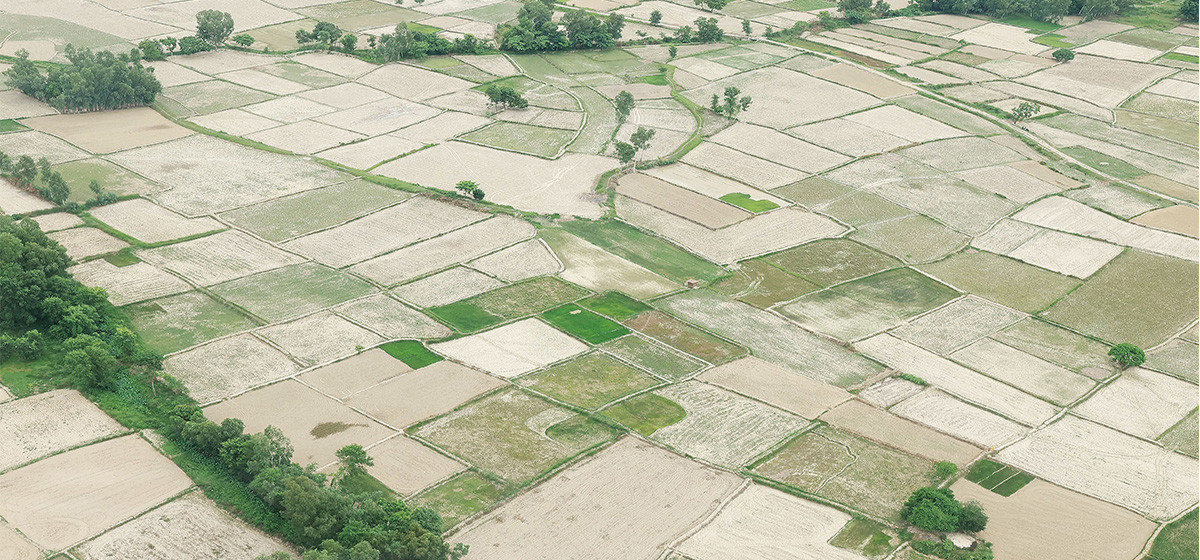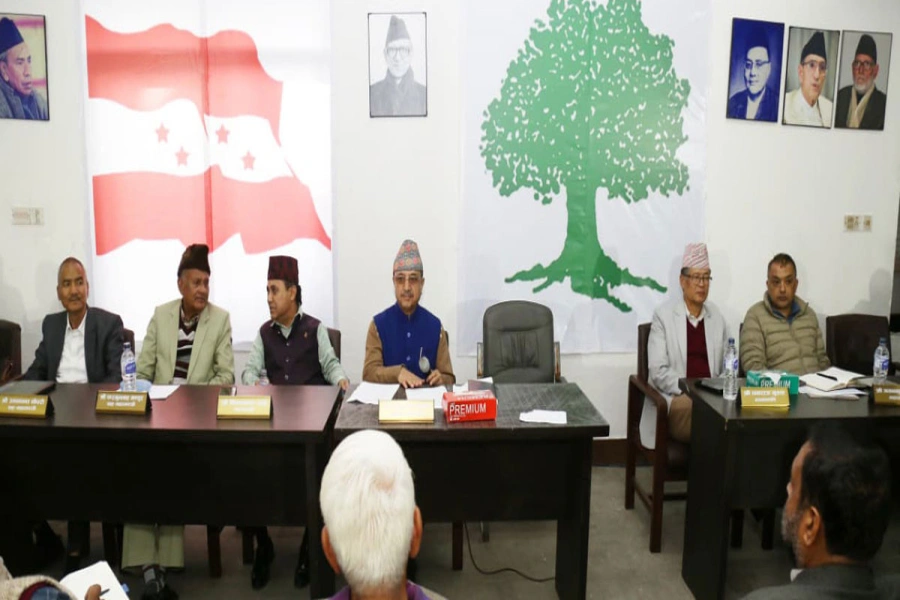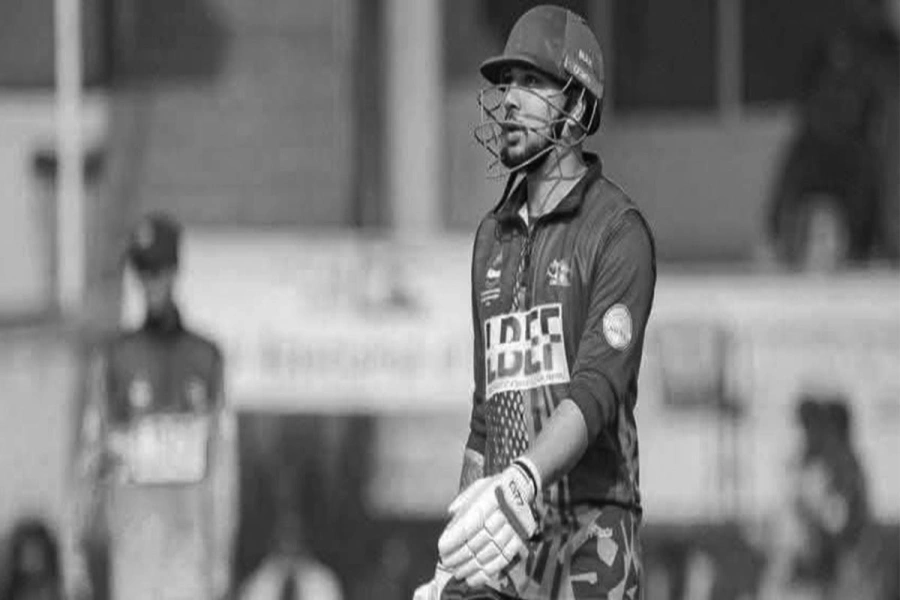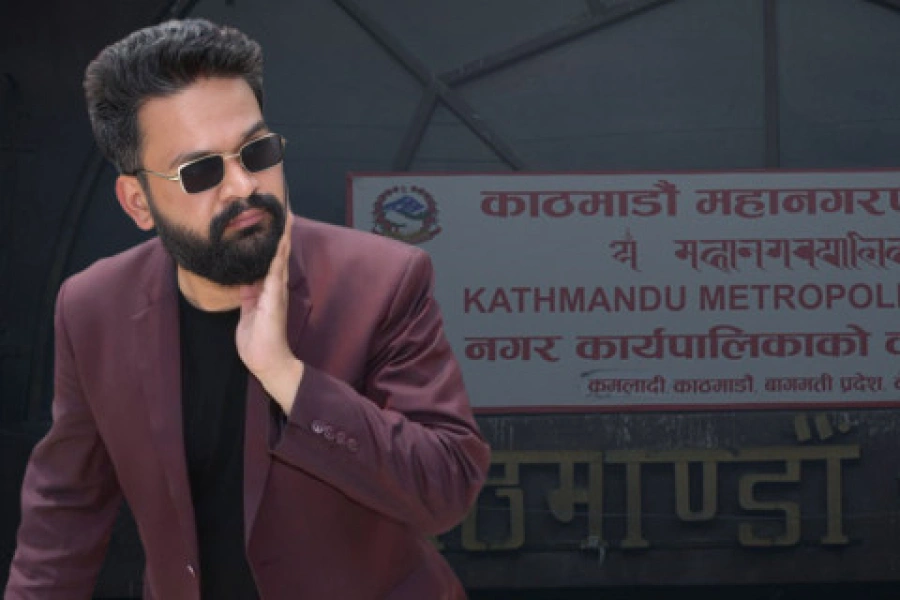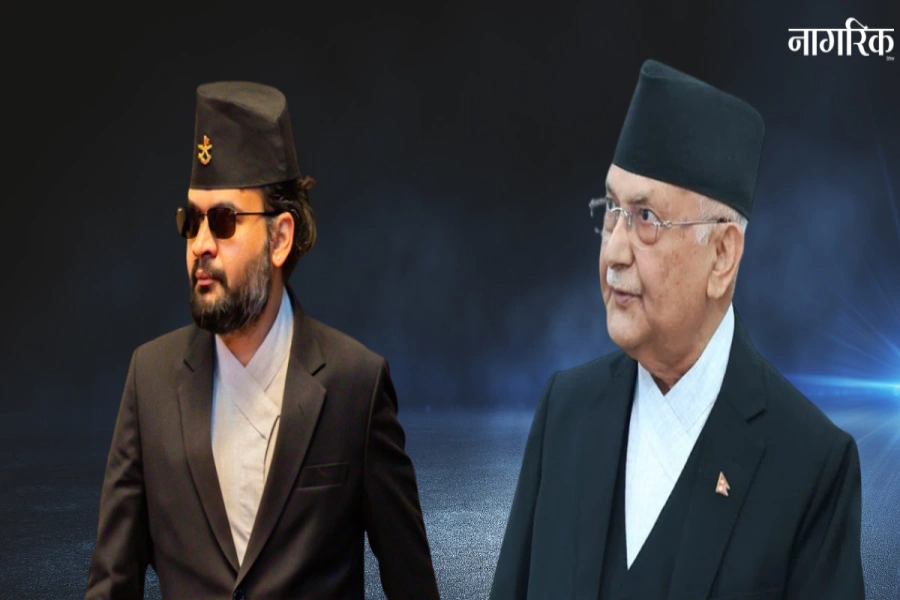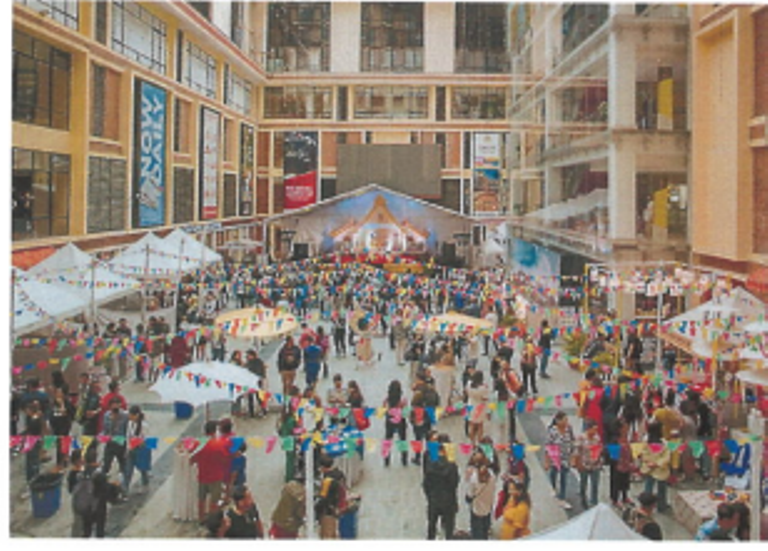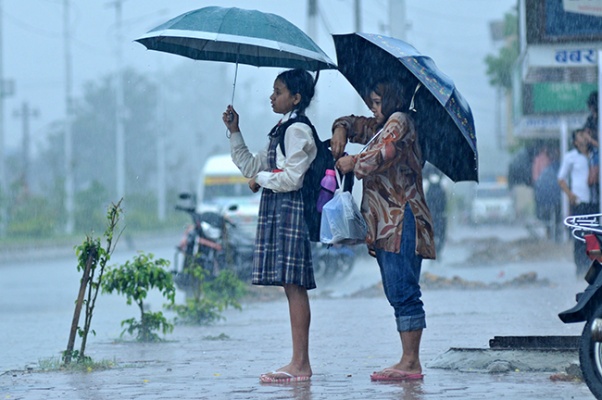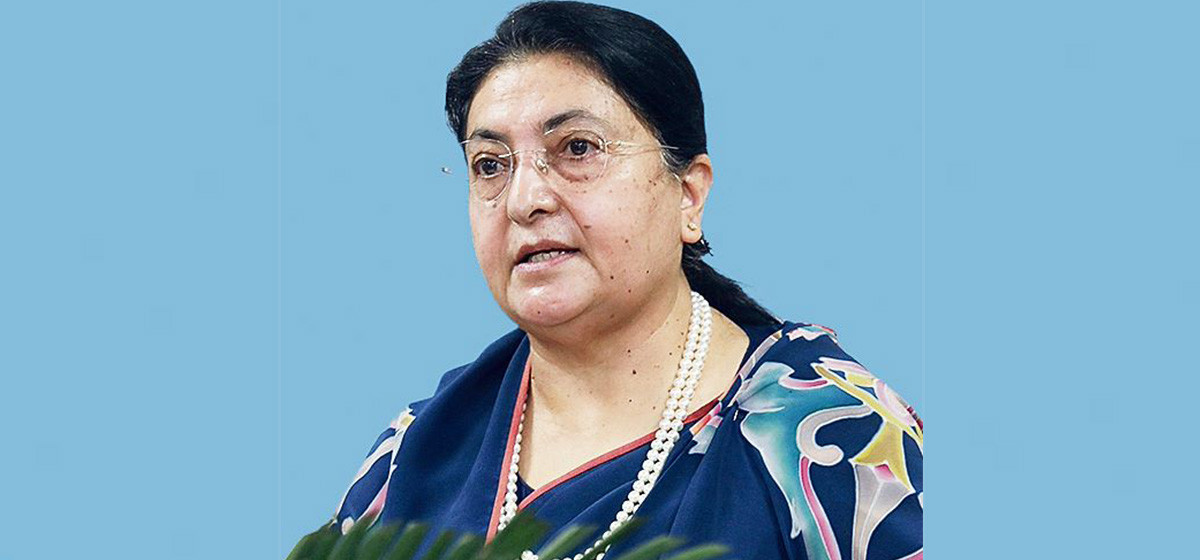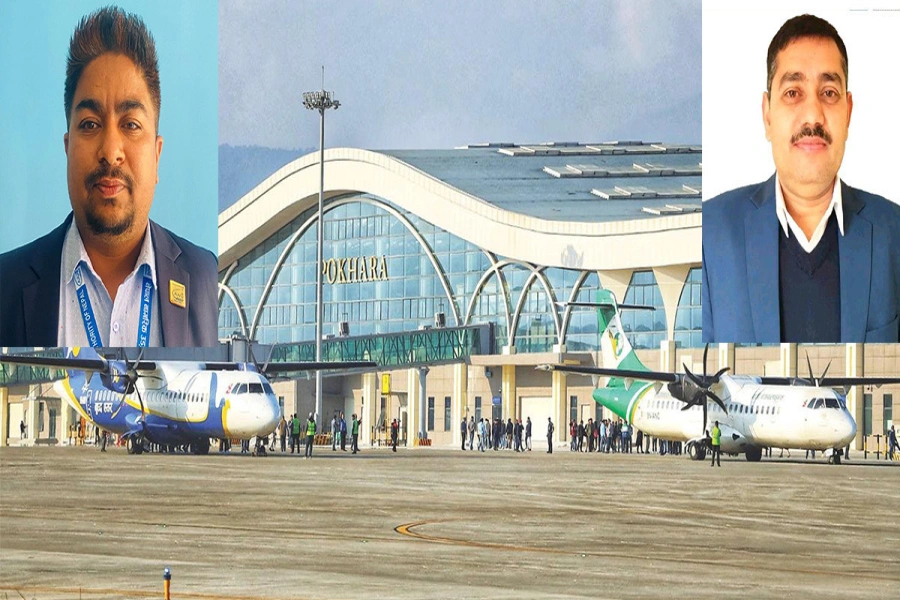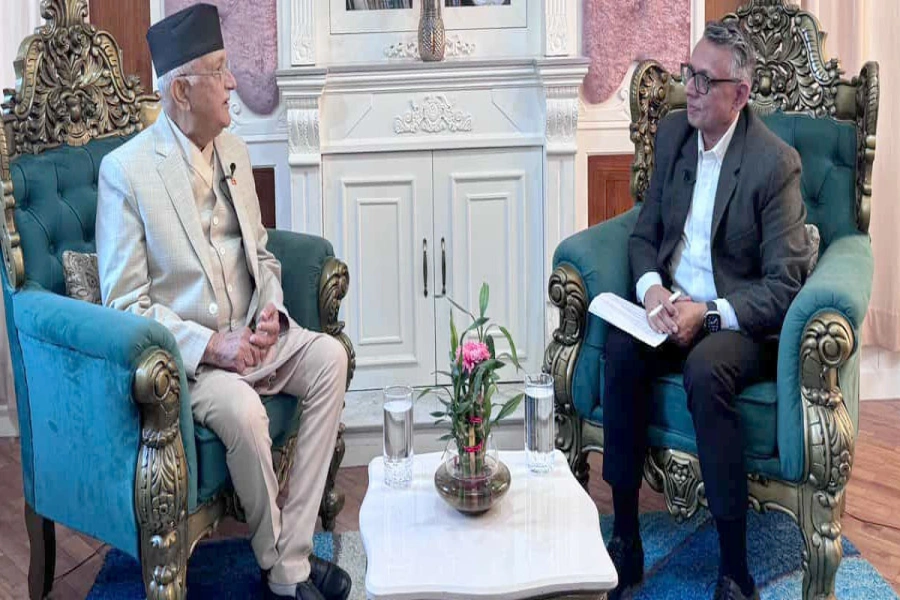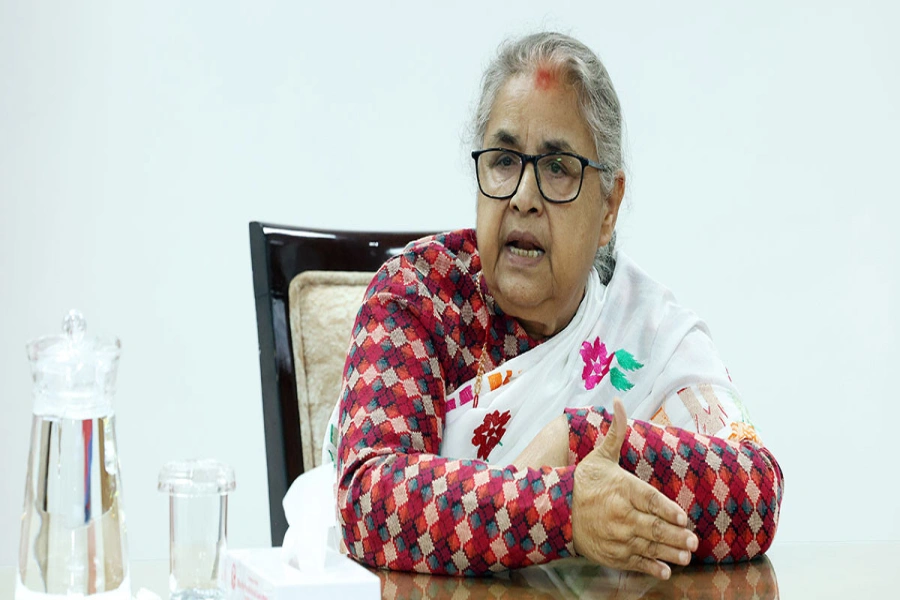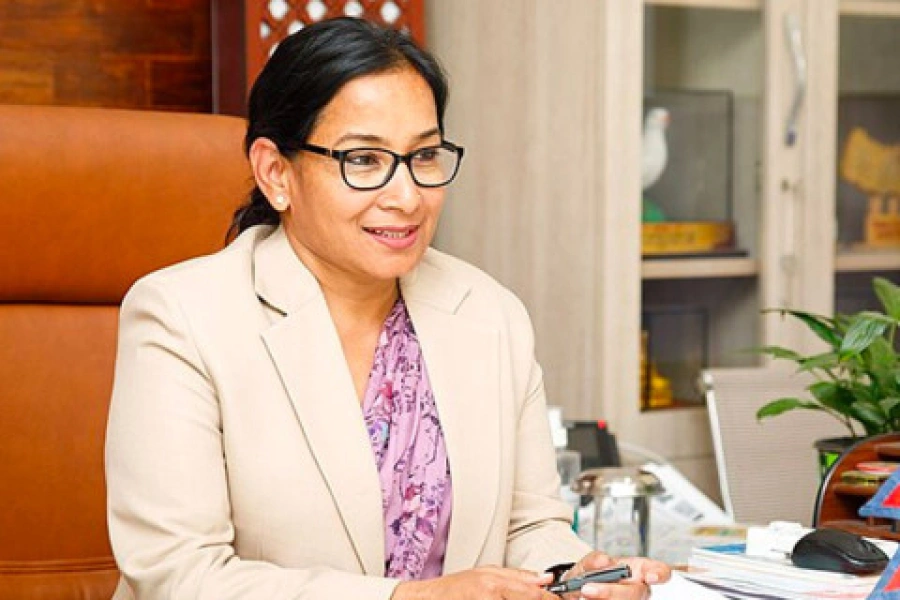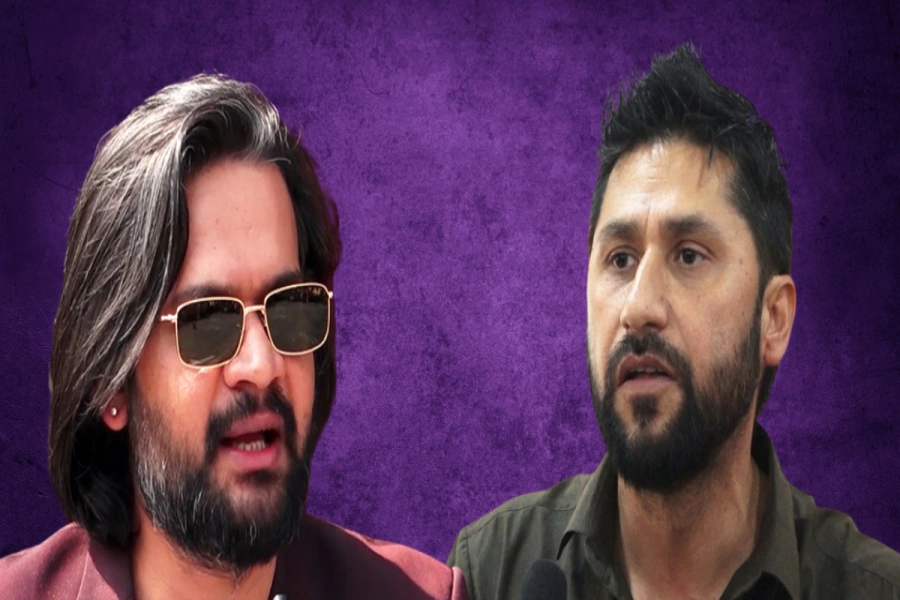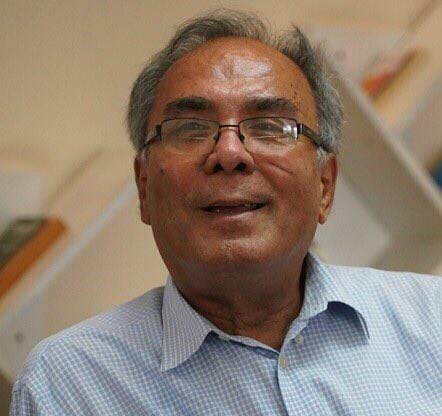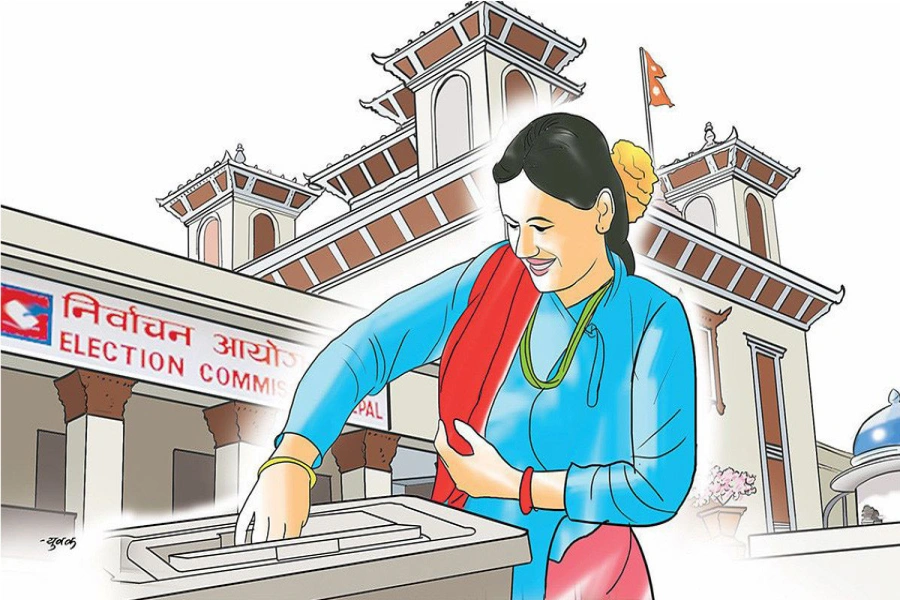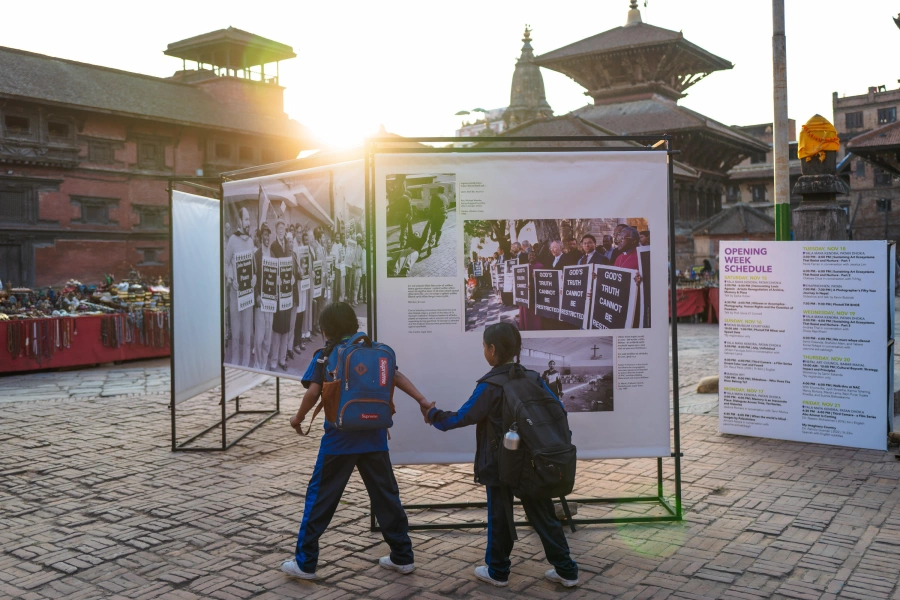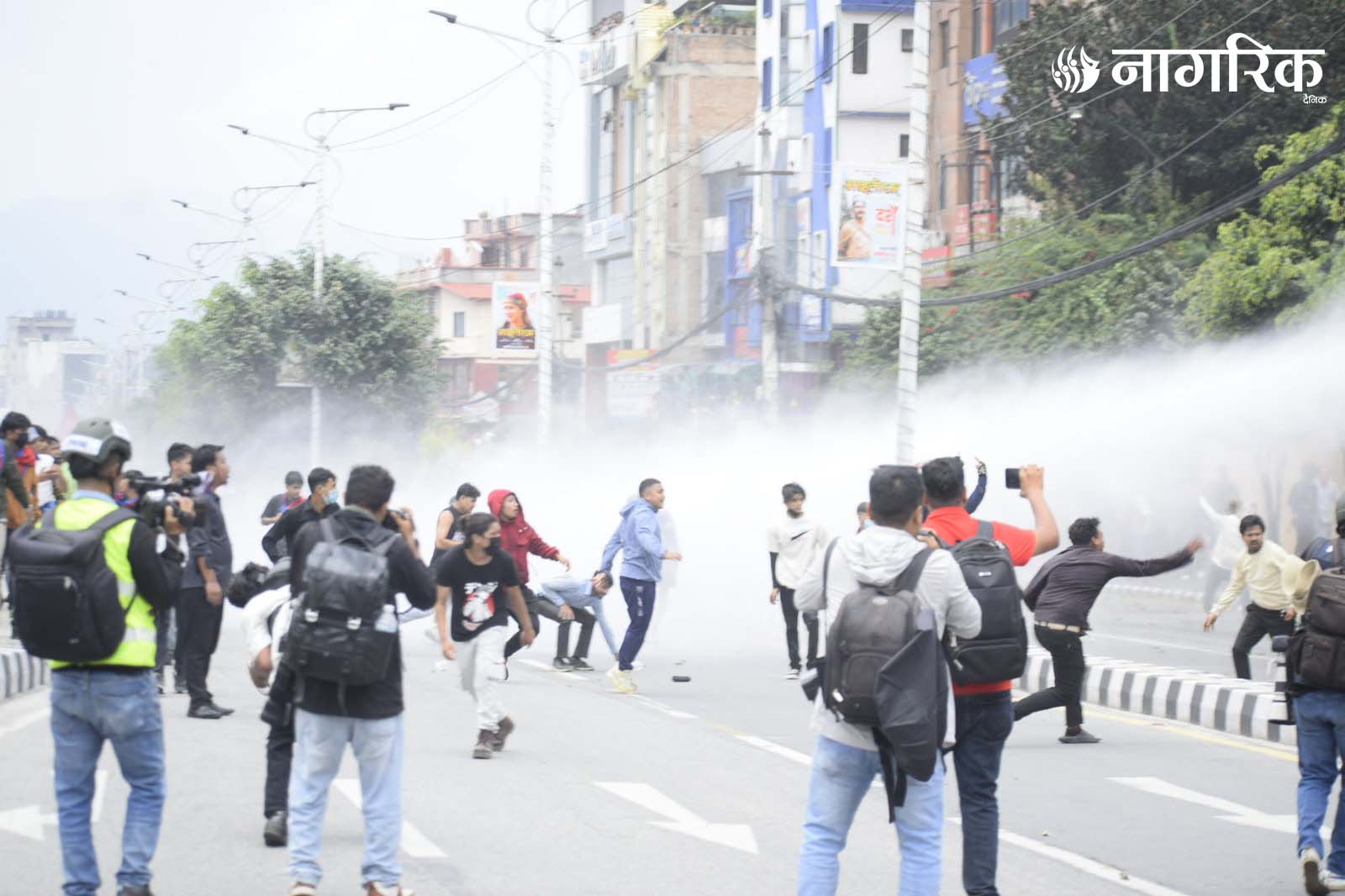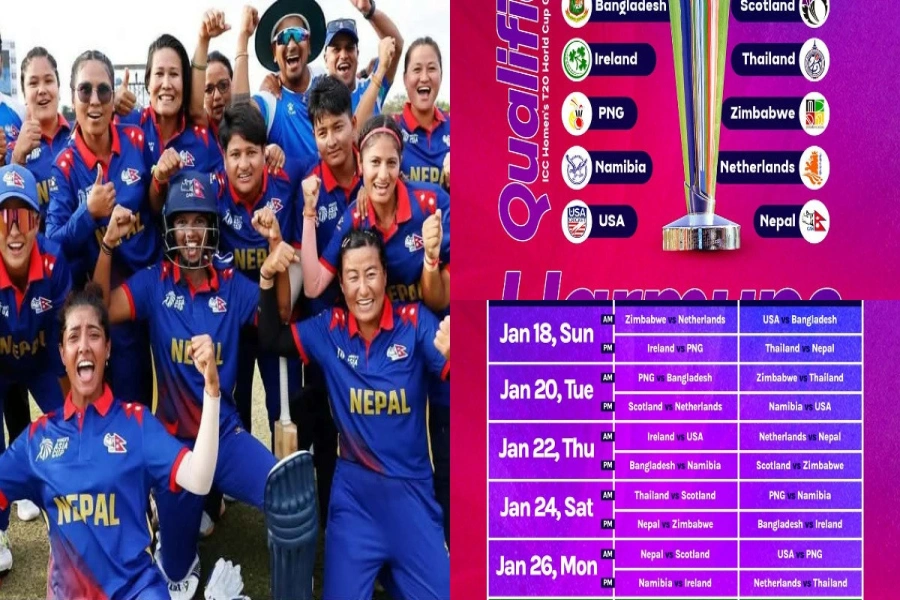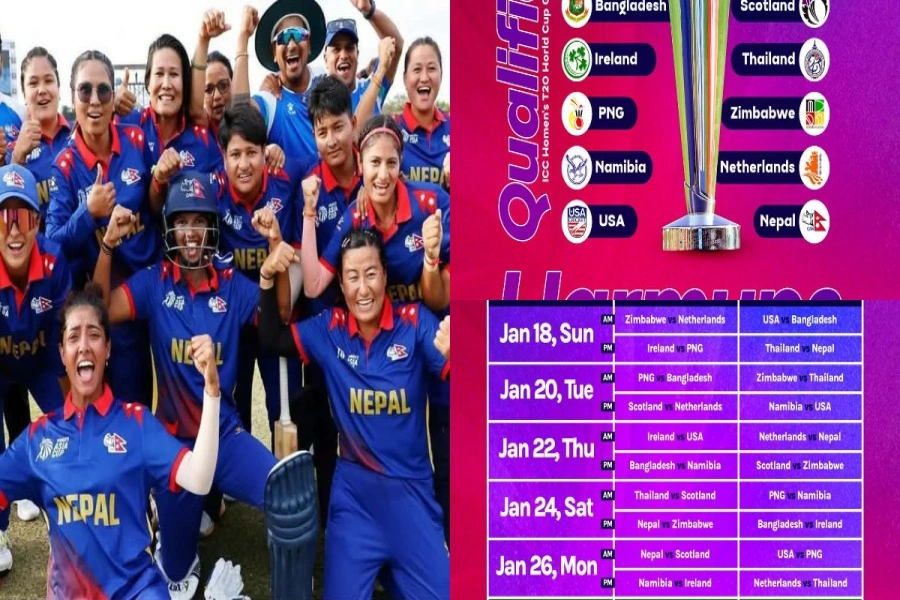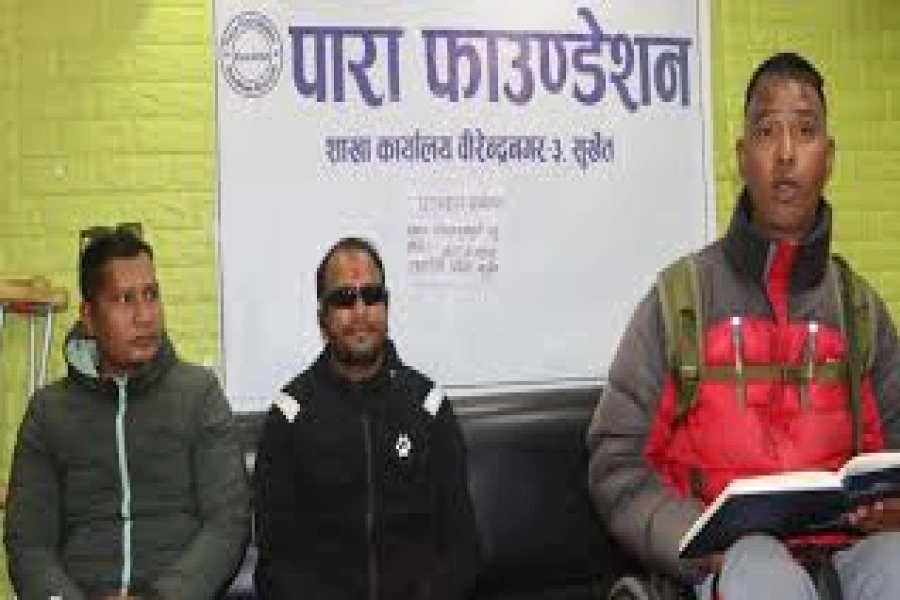FSA officially began 12 years ago, in 1997, but its roots go back to three years prior to that. “In 1994, we organized “Film Himalaya” as an experimental venture,” says Basanta Thapa, executive director of Himal Association, a non-profit organization based in Kathmandu. “The response we received by the audience was very encouraging, which was when the planning for FSA began.”
FSA was jointly created and organized by Himal Association and Himal Southasian, a monthly magazine published by The Southasia Trust, a non-profit trust. FSA was established with the goal to promote and support documentaries made on South Asia—which includes the eight SAARC countries as well as Tibet and Burma.
“We wanted to organize a film festival of an international stature and decided to hold FSA once in every two years,” informs Thapa, who has been with FSA since its inception. The founders of FSA include journalists such as Kanak Mani Dixit and Manesh Shrestha who are film enthusiasts rather than filmmakers.

Himal Association and Himal Southasian jointly held FSA in 1997, 1999, 2001, 2003, 2005 and 2007. However, FSA is being solely organized by Himal Southasian magazine this year.
“Along with FSA, Himal Association started organizing the Kathmandu International Mountain Film Festival (KIMFF) in 2000,” says Thapa, and adds, “We decided it would be more relevant and efficient for us to focus on one festival each, which is why Himal Association is no longer part of FSA starting this year.”
Unlike FSA, KIMFF is a non-competitive biennial festival, and focuses mostly on issues related to mountain regions worldwide and not South Asia alone. FSA is currently an organization within Himal Southasian magazine.
“People usually think that documentaries are made on heavy topics such as war and activism. On the contrary, documentaries can be entertaining as well as informative,” says Mallika Aryal, one of the festival co-directors of FSA, along with Upasana Shrestha. “The films we show at FSA range from music and Bollywood to HIV/AIDS and migration. While some are fun to watch, some make the viewers think and ask questions.” FSA films cover a wide range of subjects and therefore attract all kinds of audiences from students to professionals. Viewers also get an opportunity to ask questions and give feedback to the filmmakers, if they are present, after the screening.
In addition, FSA is also a competitive festival with three jury members.
“We have different awards—the Ram Bahadur Trophy for Best Film, the Second Best and the Debut Best,” says Aryal. The best filmmaker receives US$2,000 while the other two get US$1,000 respectively. The films are judged on their technical skills of filmmaking and the choice of their subject. Other small jury awards are given out at the end of the festival.
The Ram Bahadur Trophy is named after the late Ram Bahadur Tamang, whose image has become the icon of FSA. Tamang, a resident of Rayale located in the southeast of Kathmandu Valley, was captured carrying an old model of a Sony video camera by a photographer nearby the FSA office in Patan in 1994. The image has been used for the trophy, which is sculpted in bronze by Purna Kaji Shakya. In 2007, Rs 100,000 was allocated by FSA for a school in Rayale in memory of the late Tamang.
Along with the image of Tamang, FSA posters have different captions each time around. In 2005, it was ‘Revolution in Digital’, in 2007, it was ‘Dare to Documentary’, and for this year, it is ‘Give me non-fiction’. Filmmakers do not need to be from South Asia in order to submit their films to FSA; however, the subject of the films has to be based on the specified countries. There is no limit to the timeframe of the films either, and there are no entry fees for filmmakers.
“Making a film was difficult in the past, but with digital cameras today, anyone can make a film,” says Aryal and continues, “We have films that are of only three minutes to three hours long.” The films for FSA are selected by a group of journalists, filmmakers and critics in Kathmandu but the final judging is done by the jury during the festival itself.
Over the years, FSA has become an arena for filmmakers who come to interact and exchange ideas with each other. Many filmmakers have started shooting documentaries that cater to the audience of FSA.
“In previous years, we had about a dozen filmmakers attending, but this year we have nearly 20,” apprises Aryal, “which goes to show that filmmakers aren’t only taking more interest in FSA but also regard it as a well-credited festival. A kind of camaraderie has been established among the filmmakers.”
At the end of each FSA, 15 exceptional films make it into the Travelling Film South Asia (TFSA) tour which travels around the world. In the past, TFSA has been to more than 40 venues and aims to reach up to 50 this year.
Food crisis looms large as drought hits Madhesh districts
